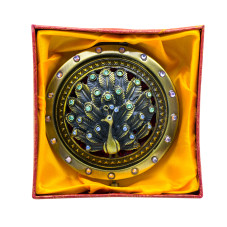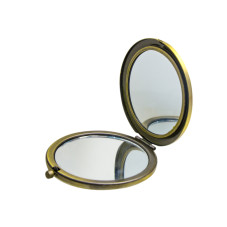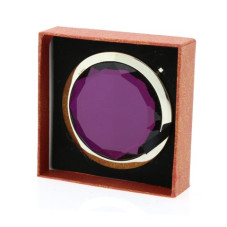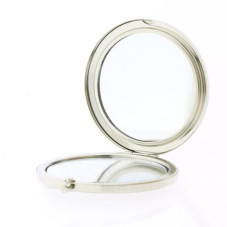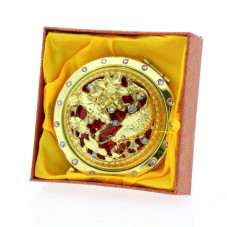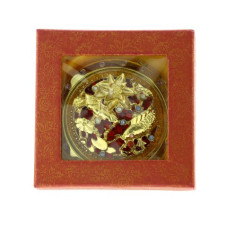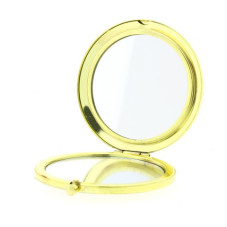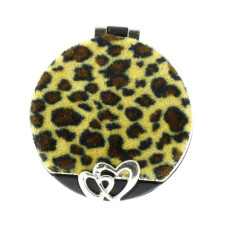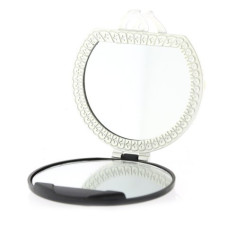Filters
Color
Density
Effect
A mirror is a common object that is found in almost every household. It is a reflective surface that is used for a variety of purposes, ranging from personal grooming to home decor. Mirrors come in different shapes and sizes, and they are made of various materials such as glass, metal, plastic, and acrylic.
One of the primary uses of mirrors is for personal grooming. People use mirrors to check their appearance, apply make-up, shave, and do their hair. Mirrors also help people assess what clothes and accessories they should wear with their outfit. Without a mirror, it would be challenging to maintain a neat and presentable appearance.
Mirrors can also be used for decorative purposes. They are often used to create an illusion of space, making a small room look larger by reflecting light back into it. Mirrors can be hung on walls, placed on tables or desks, or even used as a focal point in a room. Decorative mirrors come in many different styles, shapes, and sizes, making them a versatile accessory for any home.
Mirrors have influenced many areas of our lives and have also inspired many artistic expressions. Artists have used mirrors in their works of art to convey different themes and ideas. For example, the use of mirrors in paintings or films can represent introspection or self-reflection.
Despite the many benefits of mirrors, some people may develop a negative relationship with their reflection. Body dysmorphia is a condition where a person becomes obsessively preoccupied with perceived flaws in their appearance. In such cases, mirrors may contribute to feelings of anxiety, insecurity, or even depression. It is essential to strike a balance between using mirrors for practical purposes and not letting them affect self-esteem.
In conclusion, mirrors are an essential part of our lives, from personal grooming to creating an illusion of space in a room. They have influenced many areas of culture, art, and fashion. However, it's important to remember to use mirrors in moderation to avoid any negative self-image issues.





